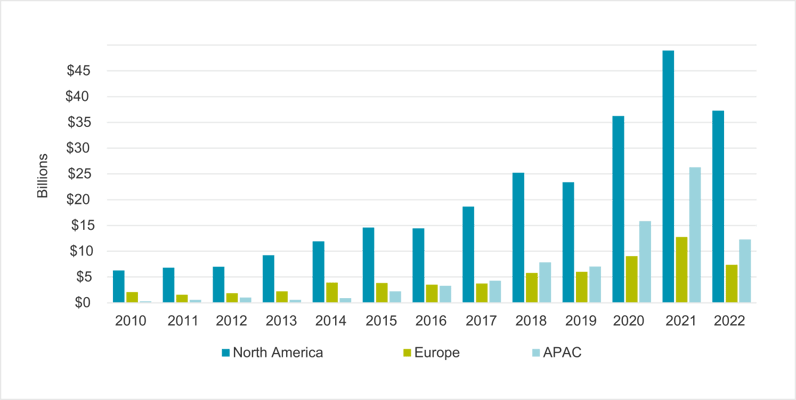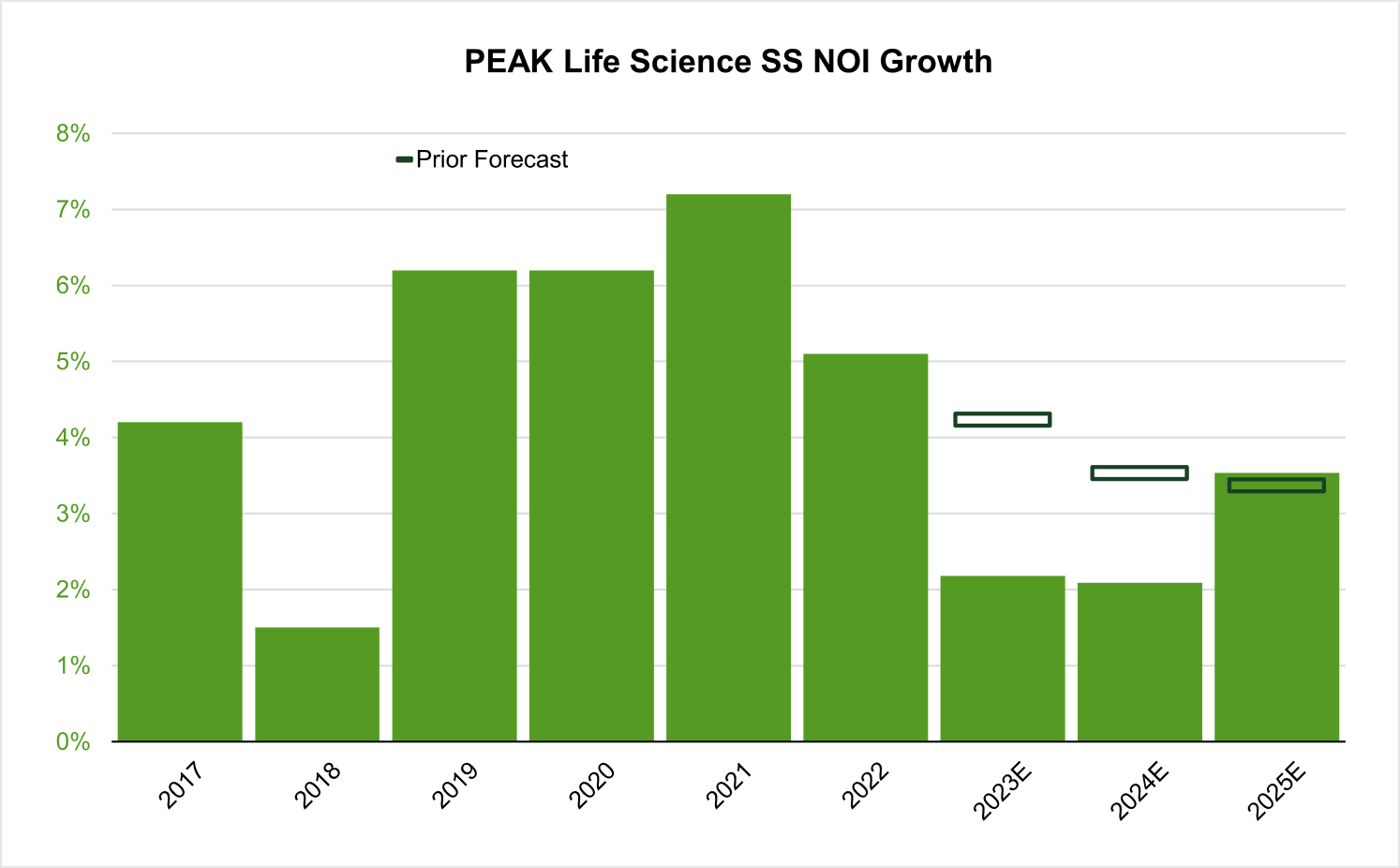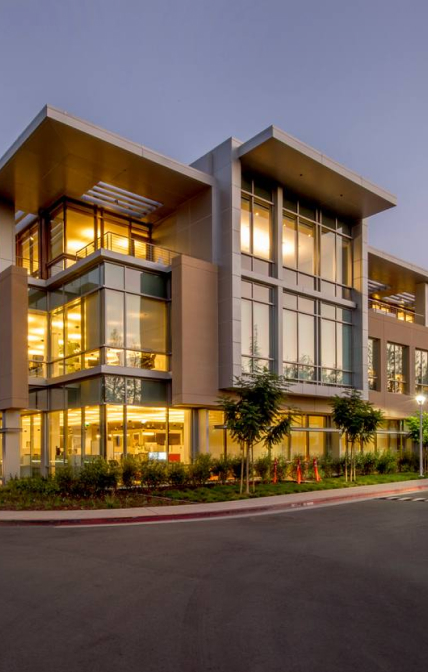Outlook
As reported by Cushman & Wakefield, life sciences is an emerging commercial real estate sector with double-digit rent growth, single-digit vacancy rates, and strong investment flows within the last 10 years. A record $63.7 billion of private and public capital pouring into life sciences-related companies in the U.S. in 2021.
The growth in the sector, especially following its popularity among investors after the COVID-19 pandemic, was a 103% increase in 2022 from the $31.3 billion received in 2018. Recent growth in funding, however, slowed down in 2022 to normalized levels and totaled $49.2 billion, down 23% from its 2021 peak. Deceleration in funding was more pronounced in public capital but less so for the venture capital private sector.

Source: Life Sciences Update, Cushman & Wakefield, March 2023.
The collapse of Silicon Valley Bank may further slow funding for biotech over the next few years. Investment was already dipping due to waning interest from investors who are shying away and moving toward seemingly safer investments with less risk in the face of rising interest rates.
Green Street states in their “Health Care Sector Update: Never a Dull Moment” report that the life sciences sector will see “leaner days,” with short-term NOI growth forecasts cut down by almost half for 2023 and 2024 in the face of “a higher probability of life science tenant bankruptcies and lower go-forward demand for space.”

Life Sciences NOI Growth by Year
Shockwaves from the headwinds in the banking sector, combined with limited and more expensive capital, may take some demand out, especially for early-stage incubators.
However, the relatively slow anticipated growth in capital funding from its highs does not necessarily mean that the long-term outlook is bleak. The long-term drivers for the life sciences sector remain intact. PWC anticipates the life sciences sector will continue to invest in oncology, gene therapy, neurology, and cardiology for the foreseeable future.
Opportunity
Even with a tapering outlook, identifying an attractive life sciences opportunity is still possible, perhaps not as plentiful an opportunity as the market presented back in 2021. Suitable life sciences projects are still relatively rare. Tenants require highly specialized real estate, which is tough to come by appropriate ceiling heights, robust power, high floor load capacity, venting, excess plumbing, and freight elevators.

In addition, life sciences tenants need to consider the overall feasibility of the building for their specialized operations. Availability for lab space and R&D facilities is still tight nationwide at 5.7% on average, leading to rising rents.
Upcoming supply, however, is providing some relief in extremely tight markets such as Boston-Cambridge, the San Francisco Bay Area, and San Diego. The Boston-Cambridge life sciences market, for instance, had the tightest vacancy in the nation at one percent in 2021 - that vacancy has now jumped up to about 3% as of March 2023.
A unique aspect of life sciences occupiers is that they tend to cluster around specific markets, making it almost the antithesis of the current decentralization phenomenon witnessed in the traditional office sector. We continue to see opportunities as greater near bustling urban environments, especially in areas with top talent, high intellectual capital, and the presence of top research universities.
In a report by CBRE, the top markets for life sciences real estate include Boston, the San Francisco Bay Area, and San Diego, where demand grew by more than 34% since mid-2020, with significant rent growth, tightening vacancies, and pre-leasing in new projects. Therefore, we prefer ground-up developments in these clusters, especially where demand is outstripping current supply.
Additionally, we prefer creative opportunities to reposition existing properties when they are suitable for conversion. Converting existing office properties to life sciences uses is complex, so we’re placing heightened sensitivity on the convertibility of the asset and the experience of the sponsor.

